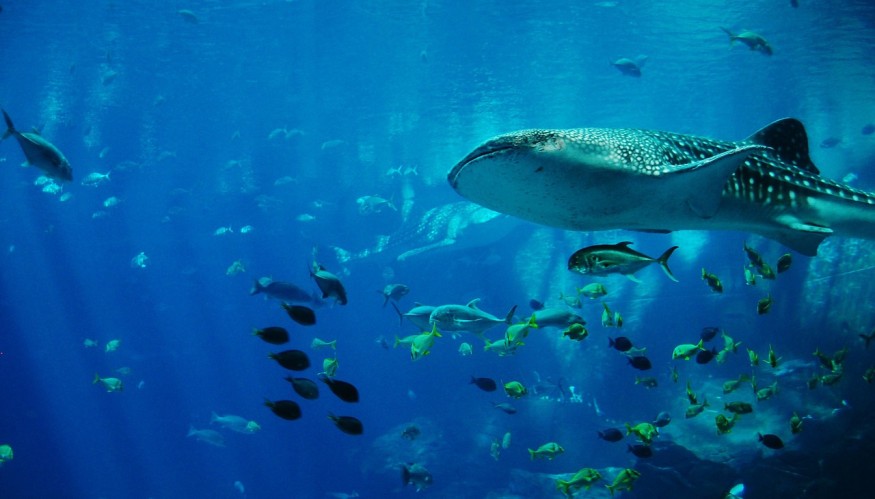
Sharks, whales, seals, and sea turtles, the largest animals in the oceans with a body mass that exceeds 45 kilograms, make up the marine megafauna.
These species play significant roles in the ecosystems: it could be eating up a tremendous amount of biomass, carrying vital nutrients across habitats through their excretion, linking ocean ecosystems through long-distance migration, and physically altering habitats through feeding, movements and its death. Marine megafauna also features some species that have social, economic, and cultural importance.
The research cited species diversity has been the focus of scientists as a barometer of integrity and the success of conservation initiatives. However, the ecology of a species is not given much attention to it. The species' traits, however, such as their size, the food they eat, their movements determine a species' ecological functions. Assessing the diversity of traits provides scientists the opportunity to quantify the contributions of marine megafauna to ecosystems and evaluate the consequences of their extinction.
Researchers from Swansea University compiled a species-level trait data set for all known marine megafauna to understand the extent of ecological functions that they do in marine systems. Future extinction scenarios were then simulated, quantifying the potential impact of species loss on functional diversity.
A new conservation index named FUSE or Functionally Unique, Specialised and Endangered, was then introduced to update information conservation priorities. The said index identifies threatened species of particular importance for functional diversity.
The study revealed that marine megafauna has a diverse range of functional traits, and the current extinction crisis may affect their functional diversity.
The study also showed that should the current trajectories continue, we could lose, on the average 18, percent marine megafauna species. It is equivalent to an 11 percent loss of the extent of ecological functions. Researchers also warned that if all currently threatened species go extinct, 40 percent of species, and 48 percent of ecological functions.
According to Dr. Catalina Pimiento, the lead researcher from Swansea University, their previous work revealed that millions of years ago, marine megafauna went through an "unusually intense period of extinction" as sea levels oscillated. This recent study shows that the unique and varied ecological roles face a more significant threat from human pressures.
The crucial question remains: should these marine megafauna species go extinct, will there be a remaining species that will be able to replace it?
Results from the study indicate that among the largest animals in the ocean, 'redundancy' is very limited among organisms, even from mammals to mollusks. Unique ecological functions are lost if we lose a species. "This is a warning that we need to act now to reduce growing human pressures on marine megafauna, including climate change while nurturing population recoveries.", according to Dr. John Griffin, the co-author of the study.
Among the megafaunal groups, the research report that sharks will incur a "disproportionate loss of functional richness". The highest-scoring FUSE species identified in the study were the green sea turtle: the dugong and the sea otter. A focus on conserving this megafauna and other high-ranking FUSE species warrants the upkeep of marine megafauna's ecological functions.
© 2025 NatureWorldNews.com All rights reserved. Do not reproduce without permission.





